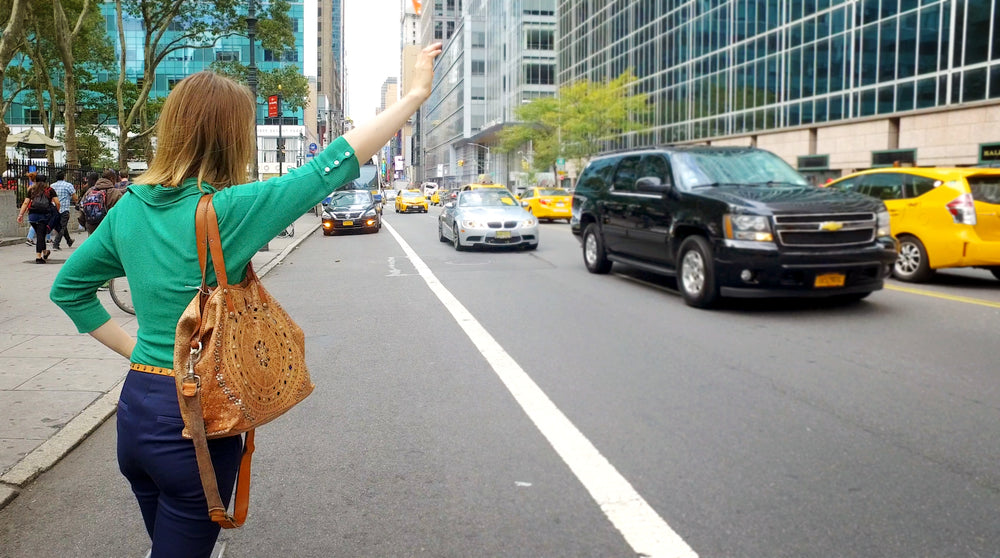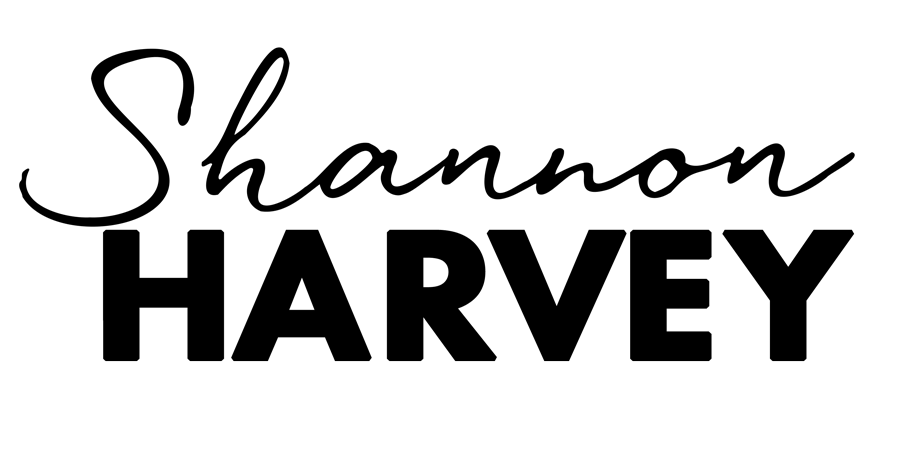 I was in a yellow taxi in the heart of Manhattan, stuck in a clogged artery on my way to a major interview for my new film. As we inched forward and squeezed ever tighter into the one-way street, my driver had the steering wheel in a death grip. A cacophony of horn blasts soon erupted and so did he. In the middle of the road, he got out of his cab, face red with rage, and began gesticulating wildly. I thought he was going to have a heart attack.
I was in a yellow taxi in the heart of Manhattan, stuck in a clogged artery on my way to a major interview for my new film. As we inched forward and squeezed ever tighter into the one-way street, my driver had the steering wheel in a death grip. A cacophony of horn blasts soon erupted and so did he. In the middle of the road, he got out of his cab, face red with rage, and began gesticulating wildly. I thought he was going to have a heart attack. The congestion cleared and I eventually arrived at my destination unscathed and on time, but I was totally on edge. My heart was racing and my muscles were tense. I felt like a fox who had miraculously managed to escape the hounds. The experience gave me a new insight into a phenomena scientists call “stress contagion” – when you have a full-blown physiological stress response simply by being around someone else who’s stressed.
Researchers at Saint Louis University were among the first to document how stress can be physiologically passed from one person to another. They deliberately stressed out a group of people by making them give an impromptu speech in front of a hostile audience and had another group of people watch them go through the ordeal. When they measured the stress hormone cortisol in the saliva of all the participants, they found that not only did the speakers get a cortisol spike, but the observers did as well. Since then, it’s been shown that stress can be passed between lovers, between strangers, between teachers and students, and between dementia caregivers and their patients.
From an evolutionary perspective stress contagion makes sense. Having the ability to “catch” aspects of another person’s emotions serves as a relatively fast and effective way of understanding their state of mind, which in turn, makes it easier to navigate the complexities of emotional cues and social interactions. In some ways, it’s like having an in-built super power that gives us a remarkable capacity to understand the suffering of others.
All this scientific research really just underscores what we already know – that we humans are generally empathetic, social animals and we’re affected by what we observe and experience. We've all been impacted by the stress-head boss who’s anxiety permeates through our whole team, the time-poor doctor who doesn’t have the head space to empathise with us when we’re suffering, the absentee friend who’s email obsession interrupts the chance for meaningful conversation. During these interactions we can’t help but soak up second hand stress. And it goes both ways. Just as we can sponge other’s stress, they can absorb ours.
Research by Wendy Berry Mendes and her colleagues at the University of California, San Francisco looked at second hand stress between mothers and babies. In a 2014 study, the researchers put a group of mothers who had 12-14-month-old babies through the same anxiety-inducing, hostile, impromptu public speaking test that researchers love to deploy when they’re trying to stress someone out and found that the response of the babies tracked the response of the mothers. That is, the greater the mother’s stress response, the greater the infant’s stress response, even though the babies hadn’t watched their mothers under duress.
The Mendes study really hits home for me and calls my attention to the fact that my stress isn’t just a problem for me, it’s also a problem for my kids. Like little detectives, my two little boys unconsciously examine and decipher my face expressions, postures, gestures, vocal tones and words in near real-time and then embody those observations within themselves. My stress can physiologically get under their skin.
The fact that my stress doesn’t just affect me is one of the main reasons I’m embarking on my new project – My Year Of Living Mindfully. I’m meditating every day for a year and hope that, with time, I’ll become better at catching myself before I stress-out; that I’ll learn to respond and not react.
Three weeks into my project, I found myself once again stuck in bumper to bumper traffic, crossing the Spit Bridge, a notorious stretch of Sydney road which is more like a car park than a thoroughfare. My 15-month-old son Isaac was in the back seat and when a sneaky car came up the side lane and cut in front of us, I took a moment to pause before reacting. I inhaled deeply and rather than swearing at the offending **hole, which would have been my initial reaction, I instead laughed. When baby Isaac then starting laughing, I was reminded that stress isn’t the only thing that’s contagious.





 My Year of Living Mindfully (DVD)
My Year of Living Mindfully (DVD) The Connection (DOWNLOAD-TO-OWN)
The Connection (DOWNLOAD-TO-OWN) My Year Of Living Mindfully - Book
My Year Of Living Mindfully - Book




